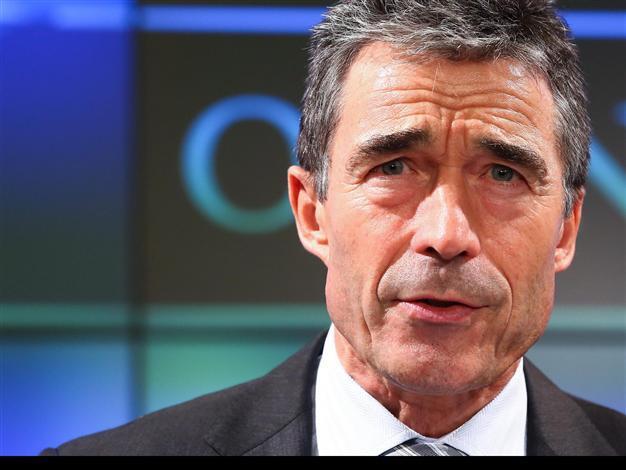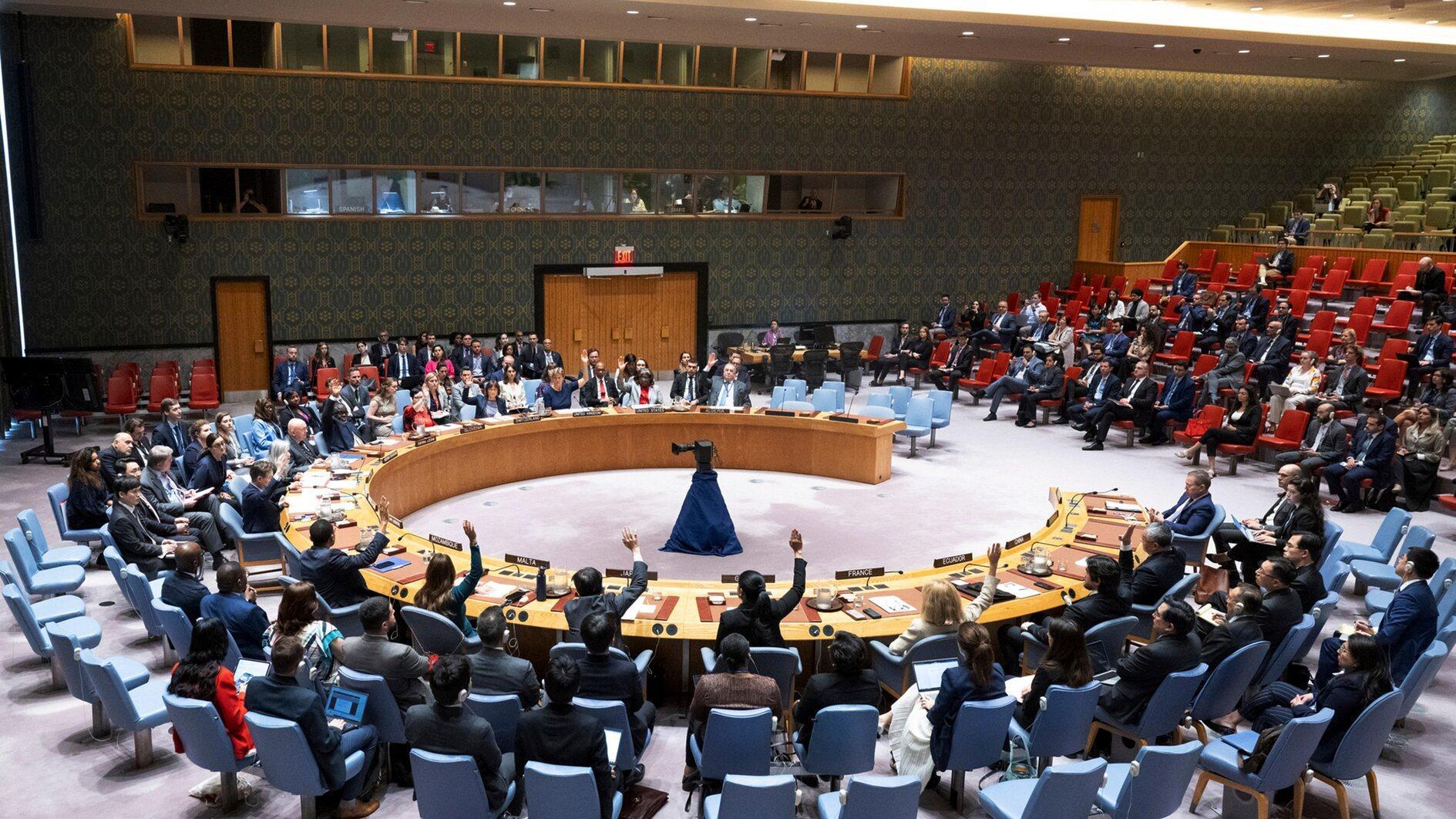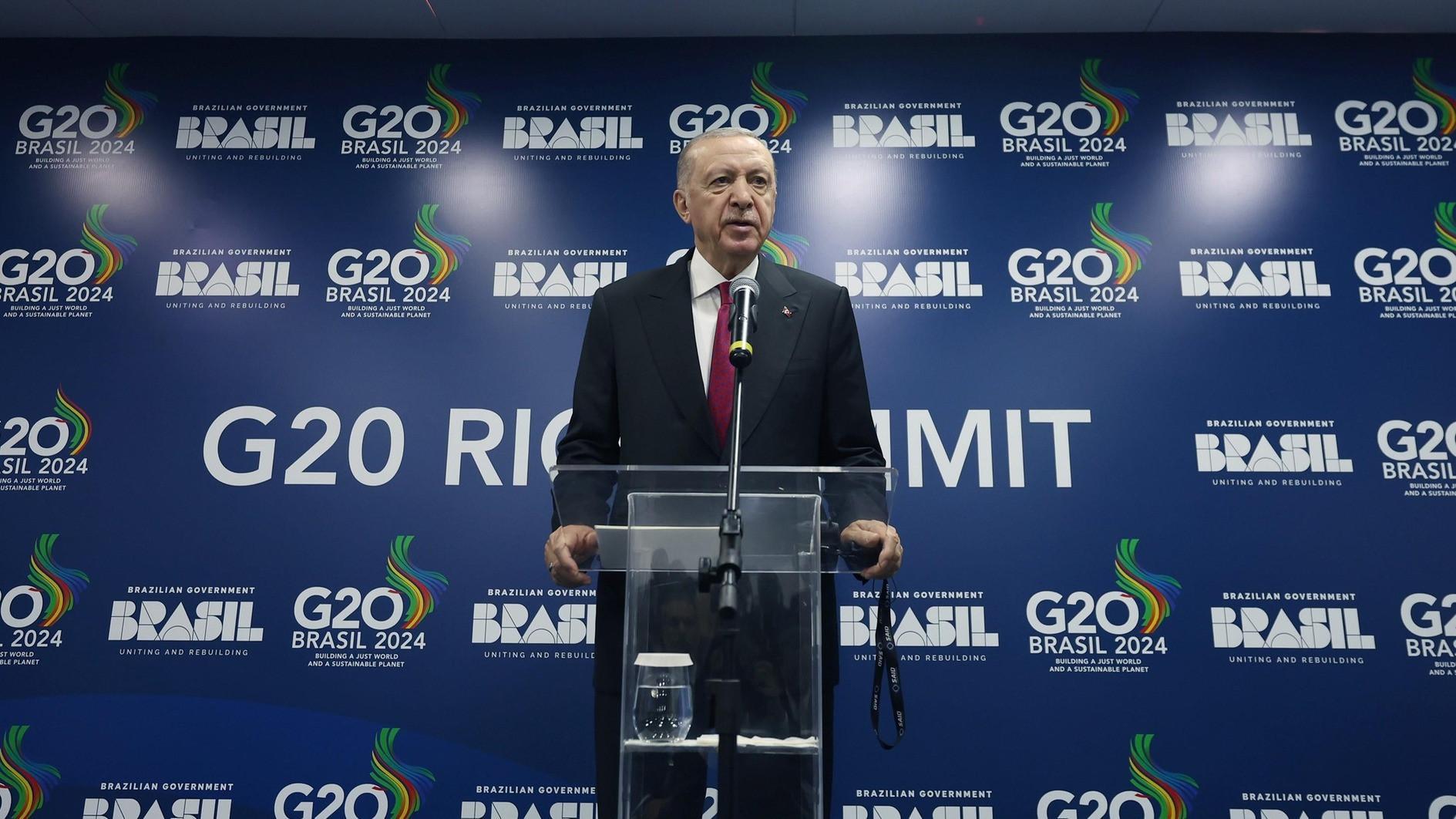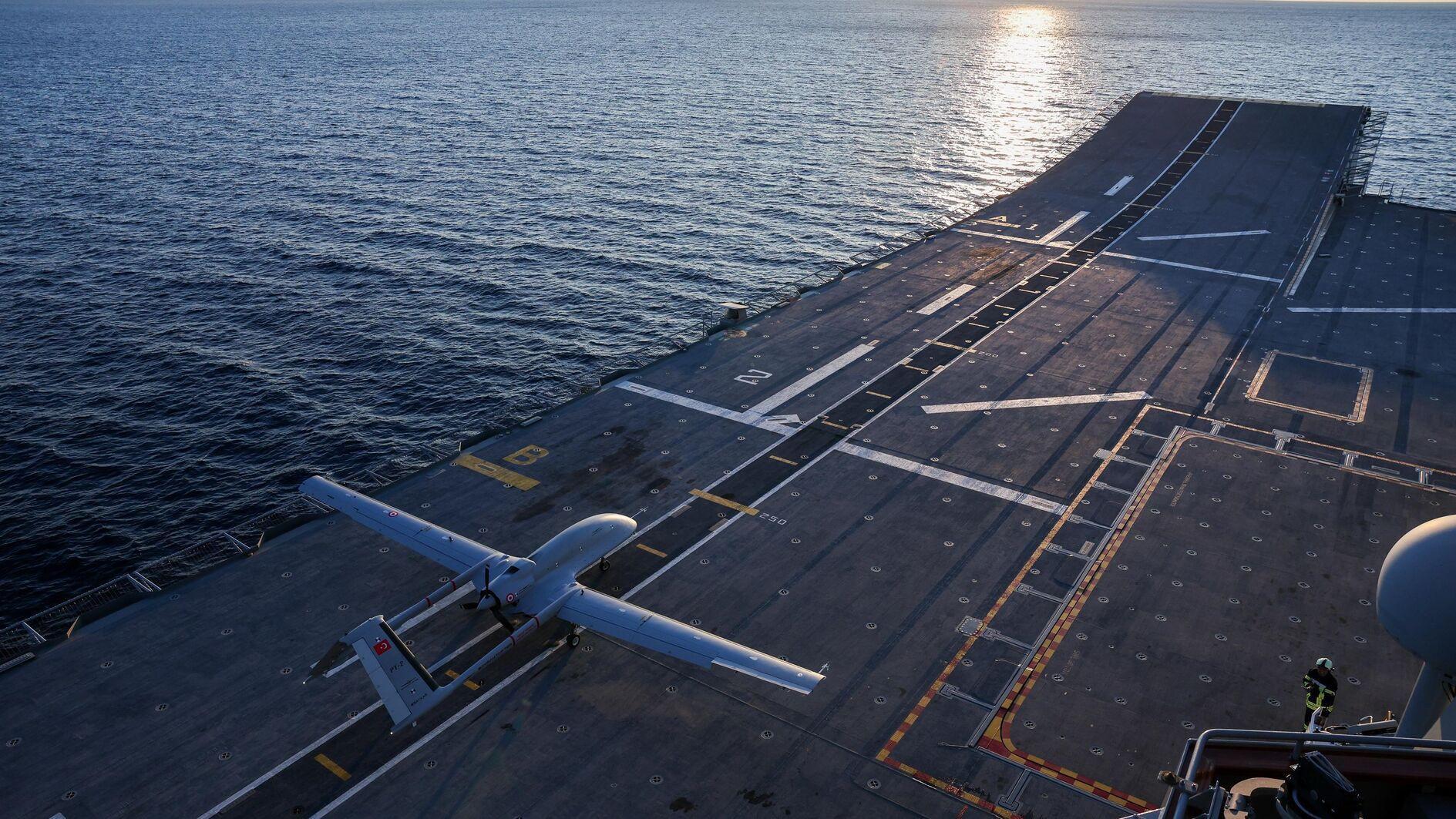NATO nixes Syria action plan
ANKARA - Hürriyet Daily News

EPA Photo
NATO rejected Turkey’s request for the adoption of a contingency plan to include the establishment a no-fly zone over Syrian airspace, which was made during a meeting last week in Brussels after Turkey invoked Article Four of the NATO Treaty in response to Syria’s downing of a Turkish jet in international airspace.“NATO members did not give a green light to Turkey’s plan. No one in the alliance seems to be ready for a military engagement in this part of the world,” a Western diplomatic source told the Hürriyet Daily News Thursday.
Turkey brought its proposal to the table at a meeting June 26 where it invoked Article 4 of the treaty, after Syria downed its RF4-E jet in international airspace. Although Turkey’s request came right after the June 22 attack, it based its request on its year-long concerns that it could face security problems stemming from a massive refugee influx toward Turkey as hundreds of thousands of Syrians flee Bashar al-Assad’s government.
“To establish a no-fly zone requires a large number of jets in combat-ready status and of course one has to be ready to accept losses. The Syrian anti-aircraft artillery and surface-to-air missiles are quite successful,” another Western diplomat said. A new process began June 30 after the Geneva meeting with the participation of Russia, the diplomat said, adding that “After Geneva, there will be no U.N. Security Council resolution and of course no no-fly zones. It’s not the time to show muscles in that area.”
“It is true that we have proposed a contingency plan,” a Turkish diplomatic source said yesterday. “Work to draft a contingency plan with NATO has begun at the [office] of the SACEUR [Supreme Allied Commander].”
As NATO members did not pave the way for the adoption of the Turkish plan, the alliance has instructed SACEUR to work on the preparation of another contingency plan, the Daily News has learned. There is no chance that the NATO Council would adopt any plan entailing military deployment in the region, such as establishing a no-fly zone, sources said. The Supreme Allied Commander is one of NATO’s two strategic commanders and is responsible to the Military Committee for the conduct of all NATO military operations.
“It goes without saying that Turkey can count on NATO,” alliance head Anders Fogh Rasmussen said yesterday. “NATO is of course prepared to defend Turkey if necessary.”
Turkey’s contingency plan suggested the establishment of a no-fly zone over Syrian airspace and a buffer zone inside Syria in the event of a massive influx, which could push hundreds of thousands of Syrians toward the Turkish border. Turkey expressed this concern in the very early days of the Syrian crisis, but it brought it to the alliance’s agenda for the first time last week. As Syrian security forces continue massing near Aleppo, one of largest cities of Syria with 4 million inhabitants, there are concerns that a military operation in the city could push an unexpected massive wave of people to the Turkish border. Turkish officials believe that as more groups in Aleppo join the opposition, more attention should be given to Aleppo in the days ahead.
“I would expect that the Syrian authorities will do all they can to avoid any escalation and any such unacceptable incident as we saw when they shot down a Turkish aircraft,” Rasmussen said yesterday at a joint news conference with Slovenian Prime Minister Janez Jansa.
















